
Agriculture and Crops
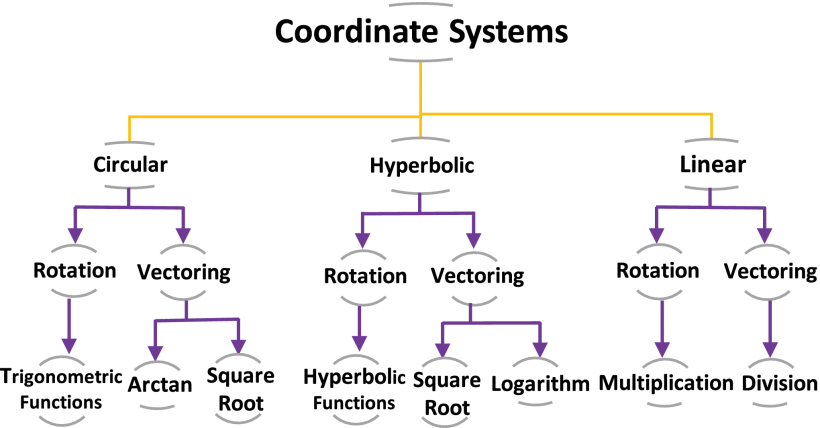
FPGA Implementation of Reconfigurable CORDIC Algorithm and a Memristive Chaotic System with Transcendental Nonlinearities
Coordinate Rotation Digital Computer (CORDIC) is a robust iterative algorithm that computes many transcendental mathematical functions. This paper proposes a reconfigurable CORDIC hardware design and FPGA realization that includes all possible configurations of the CORDIC algorithm. The proposed architecture is introduced in two approaches: multiplier-less and single multiplier approaches, each with its advantages. Compared to recent related works, the proposed implementation overpasses them in the included number of configurations. Additionally, it demonstrates efficient hardware utilization
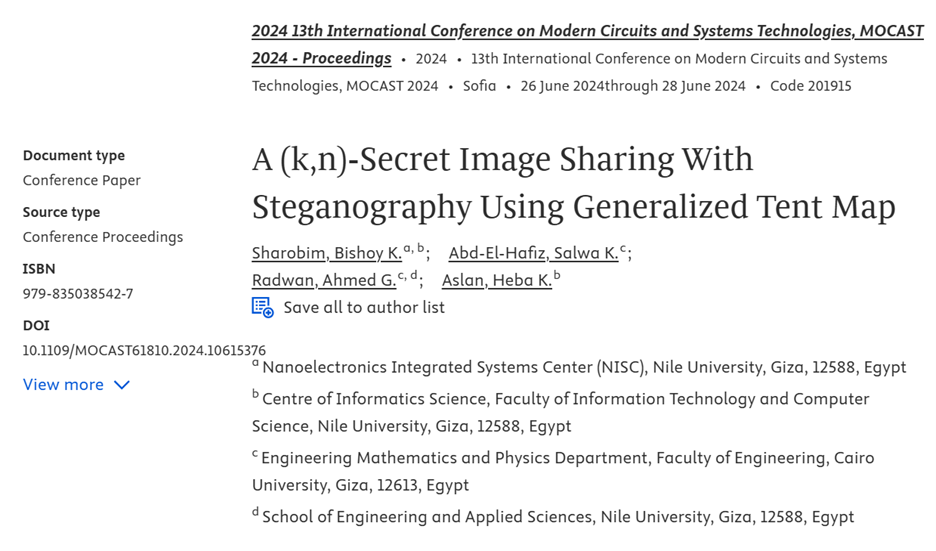
A (k,n)-Secret Image Sharing With Steganography Using Generalized Tent Map
Secret Image Sharing (SIS) transfers an image to mutually suspicious receivers as n meaningless shares, where k or more shares must be present to recover the secret. This paper proposes a (k, n)-SIS system for any image type using polynomial interpolation based on Lagrange polynomials, where the generated shares are of size 1/k of the secret image size. A full encryption system, consisting of substitution and permutation stages, is employed by using the generalized Tent map as a source of randomness. In addition to using a long and sensitive system key, steganography using the Least
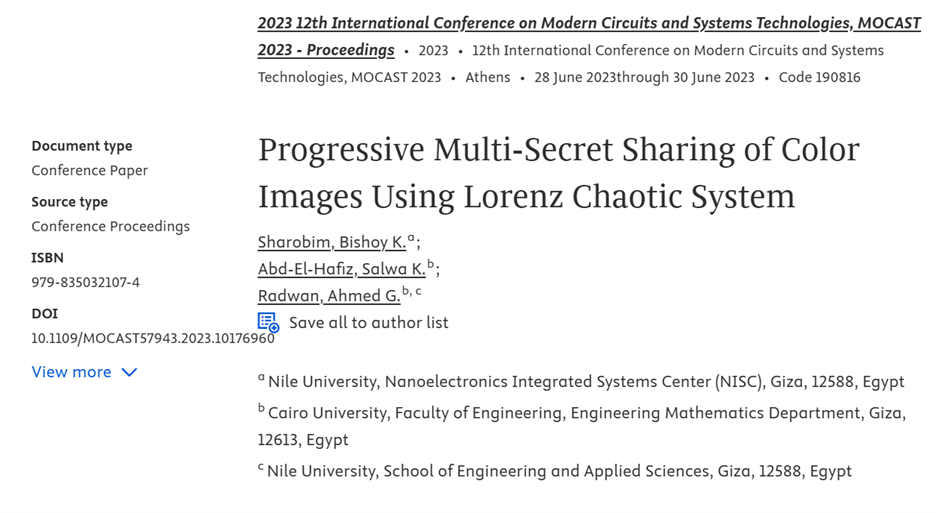
Progressive Multi-Secret Sharing of Color Images Using Lorenz Chaotic System
Multi-Secret Image Sharing (MSIS) systems share multiple images to multiple participants in unintelligible forms that can be recovered using all the shares. This paper employs the concept of progressive secret sharing with MSIS to introduce a new system, where the number of used shares in the recovery process defines the quality of the recovered secrets. The proposed system works for any number of secret color images, and is lossless when all the shares are present. The Lorenz chaotic system, which is numerically solved using Euler method, is used as source of randomness to encrypt the secret
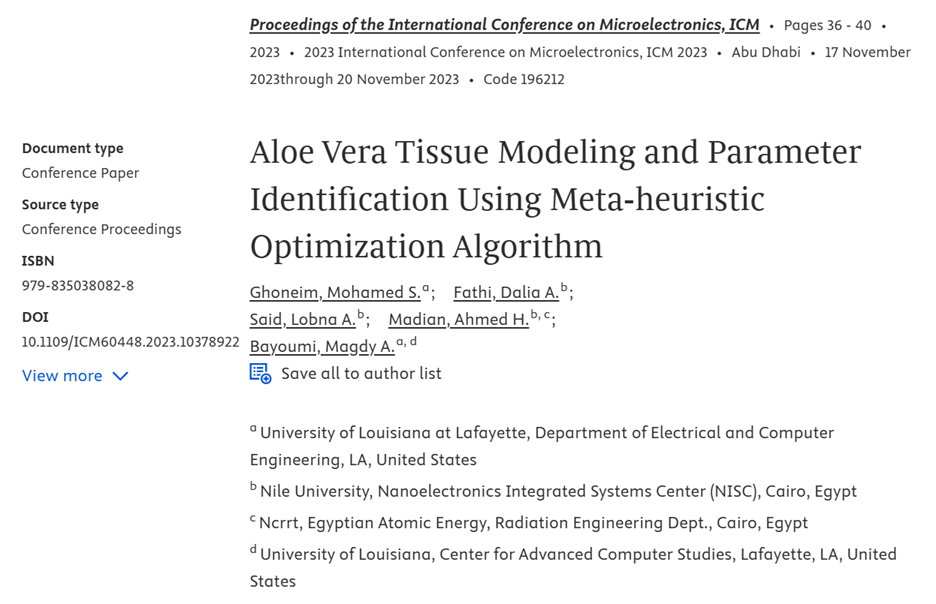
Aloe Vera Tissue Modeling and Parameter Identification Using Meta-heuristic Optimization Algorithm
The agricultural industry's use of non-invasive bioimpedance monitoring methods is expanding quickly. These measured impedance fluctuations reflect imperceptible biophysical and biochemical changes in living and non-living tissues. Bioimpedance circuit modeling is a valuable method for fitting the measured impedance in biology and medicine. A study on two samples of Aloe Vera leaves is conducted to identify the best model representing Aloe Vera leaves, and two different interelectrode spacing distances are used to measure each sample. An electrochemical station (SP150) is used to detect bio

Energy Harvesting Management Unit for Wearable Devices
Energy harvesting materials and systems have become a popular study topic that is rapidly expanding. The harvesters will be used for a variety of applications, including distributed wireless sensor nodes for structural health monitoring, embedded and implanted sensor nodes for medical applications, recharging large system batteries, monitoring pressure in automobiles, powering unmanned vehicles, and running security systems in domestic settings. Components and devices at micro-macro sizes, spanning materials, electronics, and integration, have recently been developed. Energy harvesting has
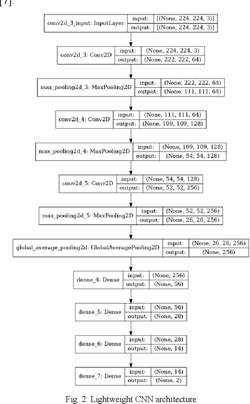
Light-Weight Food/Non-Food Classifier for Real-Time Applications
Today, automatic food/non-food classification became extremely important for many real-time applications, specifically since the pandemic of the COVID-19 virus. Such that the 'no food policy' now became applied more than ever to help decrease the spread of the COVID-19 virus. Consequently, many studies used deep neural networks for the food/non-food classification task, yet these deep neural networks were computationally expensive. As a result, in this paper, a lightweight Convolution Neural Network (CNN) is proposed and put into use for classifying foods and non-foods. Compared to prior

IOT-based air quality monitoring system for agriculture
Air quality assessment has been discussed for urban environments with a high degree of industrialization, as they are infested with hazardous chemicals and airborne pollutants. The assessment is carried out by monitoring stations, that basically support limited areas while leaving large geographical areas uncovered. The expansion in the agriculture sector directed us towards air quality assessment on the farms. This is because research has shown that crops can be injured when exposed to high concentrations of various air pollutants, while also affecting farmers' health states. But those air
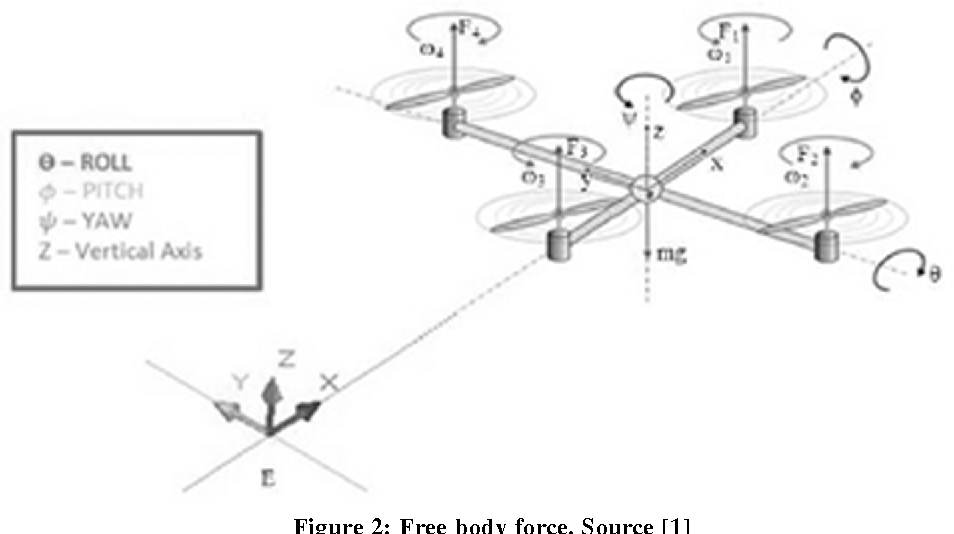
Self Balancing Quad-Copter Using PID Controller
Unmanned Aerial Vehicle (UAV) technology is considered one of the important technologies at present, which is believed to solve many problems in the future, such as delivering small-weighted goods, agriculture, and civil fields. This research paper presents the mathematical model of a quadcopter that was developed as an example of an unmanned aerial vehicle. The MATLAB and Simulink environment create the model simulation and controller design. The present study proposes a cost-effective and easily deployable control system with a comparison that shows the difference between the controller made
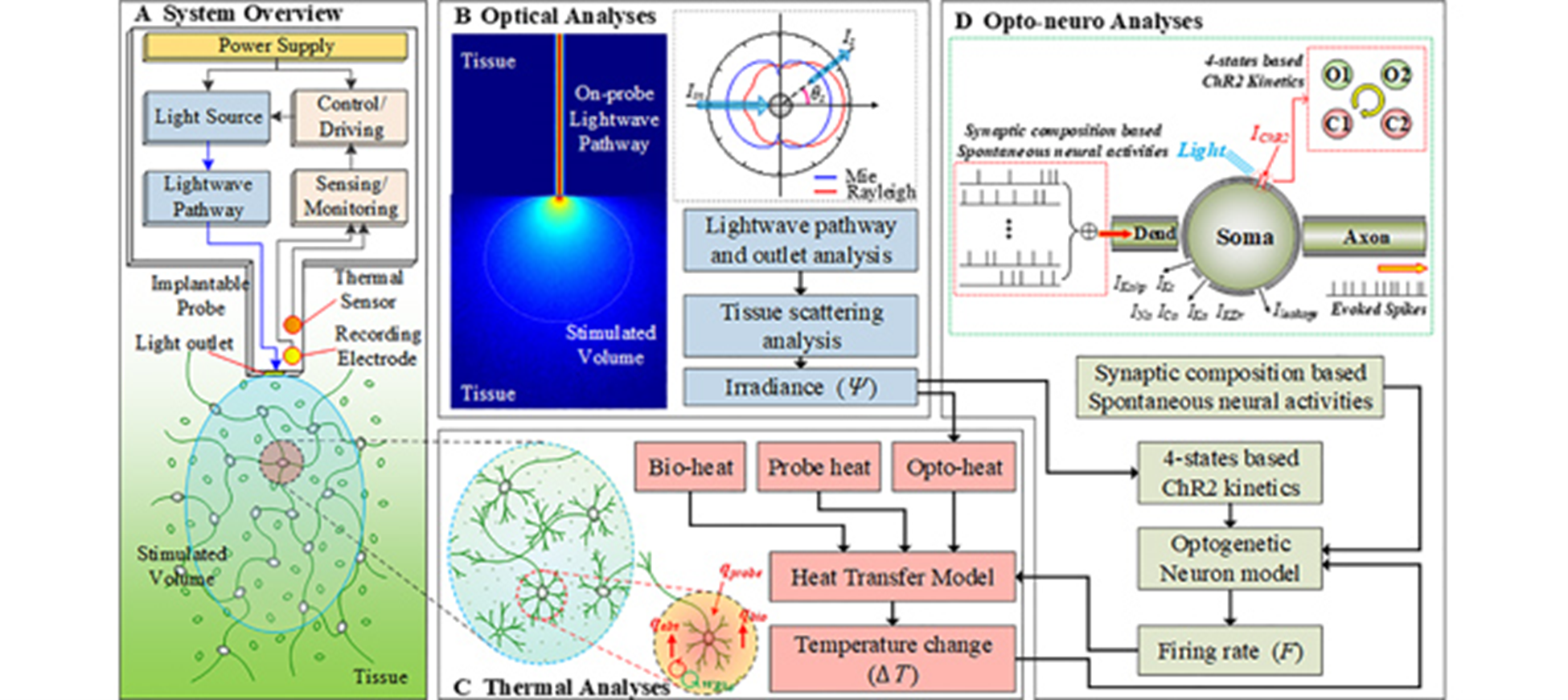
Optogenetic Multiphysical Fields Coupling Model for Implantable Neuroprosthetic Probes
Optogenetic-based neuroprosthetic therapies are increasingly being considered for human trials. However, the optoelectronic design of clinical-grade optogenetic-based neuroprosthetic probes still requires some thought. Design constraints include light penetration into the brain, stimulation efficacy, and probe/tissue heating. Optimisation can be achieved through experimental iteration. However, this is costly, time-consuming and ethically problematic. Hence it is highly desirable to have an alternative to excessive animal trials. Thus, a simulation tool for optimising probe design can be an
Wireless Optogenetics Visual Cortical Prosthesis Control System
This research paper presents the wireless data and power transfer system for optogenetics visual cortical prosthesis. The system uses the inductive coupling power transfer and 2.4GHz Bluetooth 4.0 data transfer. This system contains two hardware parts: the external headset consists of power and data transmitters, image capture, and image processing units; the subcutaneous implant PCB consists of power and data receiver and the control unit. We also present the relative image processing method for this system. The whole system could power and control the optogenetic neural stimulus of the